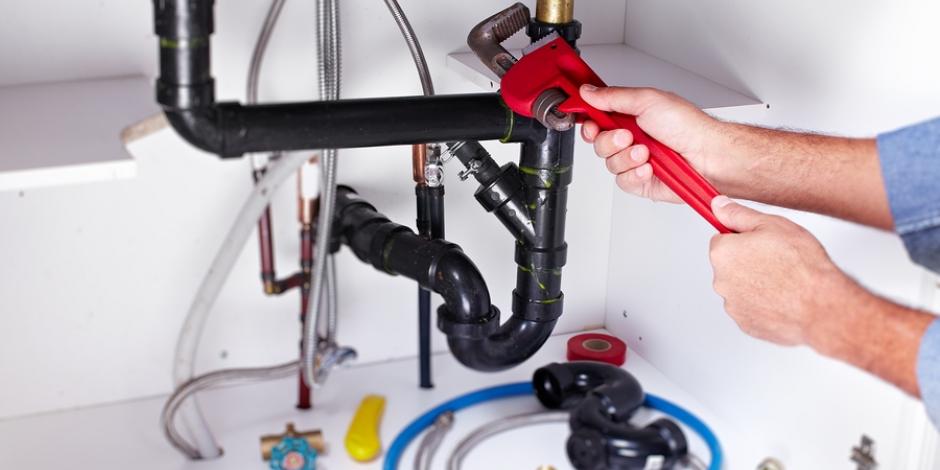
Ensuring a Solid Foundation for Flooring: Subfloor Preparation Guide
Proper subfloor preparation is the cornerstone of a successful flooring installation. Whether you’re laying tile, hardwood, laminate, or carpet, understanding the importance of subfloor preparation is crucial for achieving a durable and aesthetically pleasing result. Let’s delve into the essential steps and considerations outlined in the subfloor preparation guide.
Assessing the Existing Subfloor Conditions
Before diving into any subfloor preparation, assess the existing conditions. Check for signs of moisture, unevenness, or damage. Addressing these issues upfront ensures a stable foundation for your new flooring. Use a moisture meter to measure moisture levels, and repair or replace damaged subfloor sections as needed.
Cleaning and Removing Old Flooring Materials
A clean slate is vital for proper subfloor preparation. Remove any existing flooring materials, adhesive residues, or debris. Cleaning the subfloor thoroughly provides a smooth surface for the new flooring to adhere to. Use appropriate tools such as scrapers, floor strippers, or sanders to achieve a clean and level subfloor.
Leveling and Patching Uneven Subfloors
Uneven subfloors can lead to issues such as gaps, squeaks, or uneven wear on the new flooring. Level the subfloor by filling low spots with a self-leveling compound. Patch any holes, cracks, or imperfections to create a flat and stable surface. Taking the time to ensure subfloor uniformity prevents future problems and enhances the longevity of the flooring.
Installing a Quality Underlayment
Adding an underlayment is a crucial step in the subfloor preparation process. The type of underlayment depends on the flooring material. For example, use a moisture barrier underlayment for areas prone to dampness. Underlayment provides additional support, insulation, and noise reduction. Follow the manufacturer’s recommendations for the specific underlayment suitable for your flooring type.
Moisture Prevention Measures
Moisture is a common enemy of flooring. Implement moisture prevention measures to protect your subfloor and flooring materials. Install a vapor barrier or moisture retarder, especially in areas prone to high humidity or moisture intrusion. Proper ventilation in crawl spaces or basements also contributes to moisture control.
Acclimating Flooring Materials to the Environment
Allow flooring materials to acclimate to the environment before installation. This step is particularly crucial for hardwood and laminate flooring. Acclimating minimizes the risk of expansion, contraction, or warping after installation. Follow the manufacturer’s recommendations for acclimation time and conditions to ensure the stability of your flooring.
Choosing the Right Adhesive or Fastening Method
Selecting the right adhesive or fastening method is paramount in subfloor preparation. Different flooring types require specific adhesives or fasteners. Ensure compatibility between the subfloor, underlayment, and flooring material. Consult the manufacturer’s guidelines to determine the appropriate adhesive or fastening system for optimal results.
Maintaining Proper Expansion Gaps
Prevent buckling or warping by maintaining proper expansion gaps around the perimeter of the room. These gaps allow for natural movement caused by temperature and humidity changes. The recommended gap size varies depending on the flooring material. Refer to the manufacturer’s guidelines to determine the appropriate expansion gap for your specific flooring.
Checking and Rechecking Subfloor Stability
Before proceeding with the final installation, perform a thorough check of the subfloor stability. Walk across the entire surface, listening for squeaks or shifts. Address any concerns promptly to ensure a solid foundation for the flooring. Subfloor stability is crucial for preventing future issues and ensuring the longevity of your new floor.
Consulting with Flooring Professionals for Guidance
If you’re unsure about any aspect of subfloor preparation, don’t hesitate to consult with flooring professionals. Experienced installers can provide guidance on specific challenges, recommend suitable products, and ensure that your subfloor is adequately prepared for the chosen flooring material. Their expertise can make a significant difference in the success of your flooring project.
Explore indidesignhome.my.id for Subfloor Preparation Guide
For more detailed insights and resources on subfloor preparation, visit indidesignhome.my.id. Access a comprehensive subfloor preparation guide, expert advice, and additional information to empower you in creating a solid foundation for your flooring project.
In conclusion, subfloor preparation is a critical step in any flooring installation. By following these guidelines, you ensure a stable and reliable foundation for your new flooring, setting the stage for a beautiful and long-lasting result.



